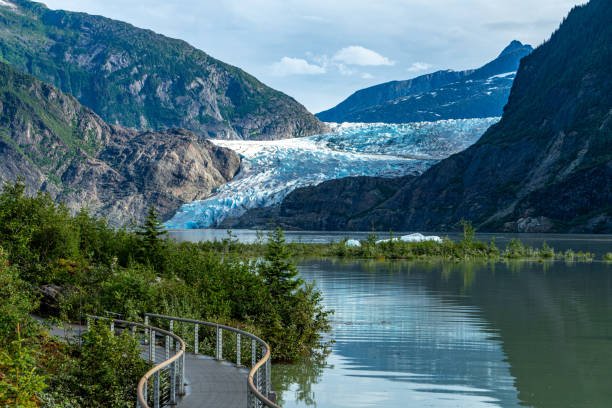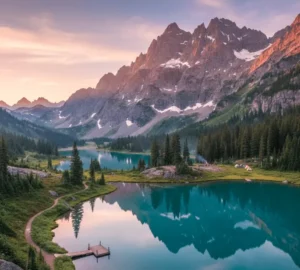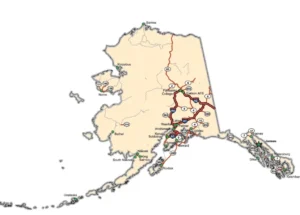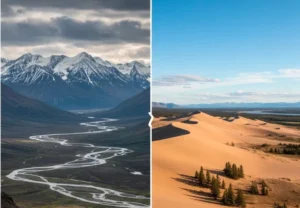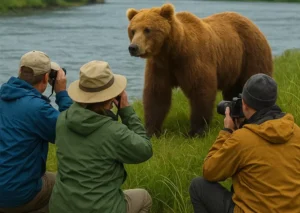Alaska is renowned for its vast and diverse natural beauty, with its stunning lakes being one of its most remarkable features. With about 3,197 officially named natural lakes and an incredible 3 million unnamed ones, Alaska proudly holds the title for the most lakes of any state in the US. In this article, we will deeply study the world of Alaska’s lakes, highlighting their significance, unique characteristics, and the impact of human activity on these essential ecosystems.
Introduction to Alaska’s Lakes
Alaska’s lakes are a result of the state’s complex geological history, with many formed by glacial activity, tectonic movement, and erosion.
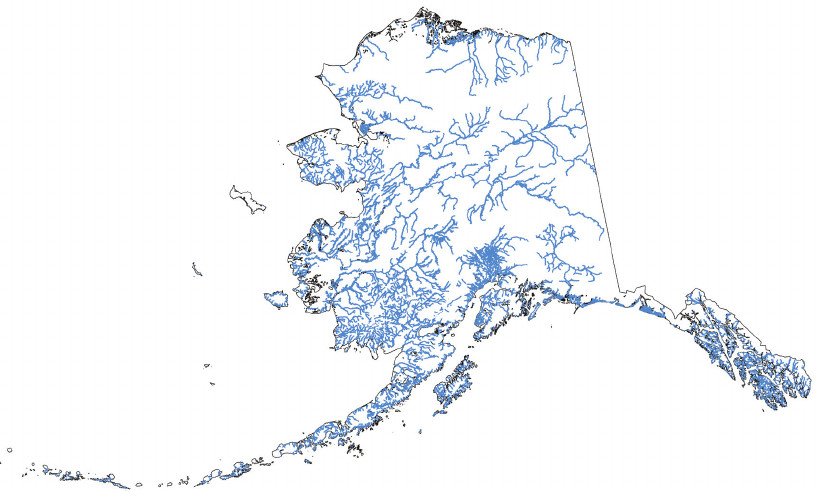
Explore the distribution of lakes across Alaska, highlighting the different regions and their unique characteristics.
Breathtaking Video of Alaska's Lake
Types of Lakes in Alaska
Alaska’s lakes can be categorized into several types, including glacial lakes, tectonic lakes, and oxbow lakes.
Glacial Lakes
- Formed by glacial activity, such as melting glaciers or ice sheets
- Typically found in mountainous regions, such as the Alaska Range or the Brooks Range
- Characterized by steep shores, deep waters, and a unique shape
- Examples: Lake George, Lake Clark, and Lake Minchumina
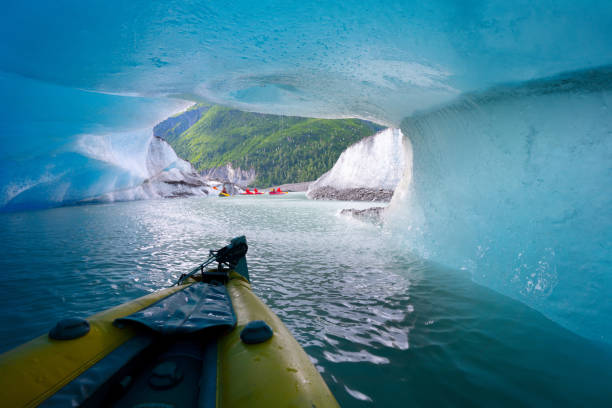
Tectonic Lakes
- Formed by tectonic activity, such as earthquakes or volcanic eruptions
- Typically found in areas with significant geological activity, such as the Aleutian Islands or the Denali Fault
- Characterized by irregular shapes, varying depths, and a diverse range of water chemistry
- Examples: Lake Iliamna, Lake Aleknagik, and Lake Becharof

Oxbow Lakes
- Formed by the meandering of rivers, which can create a cut-off lake or oxbow
- Typically found in low-lying areas, such as river valleys or deltas
- Characterized by a curved or crescent shape, shallow waters, and a unique aquatic ecosystem
- Examples: Lake Niklusuk, Lake Togiak, and Lake Etolin
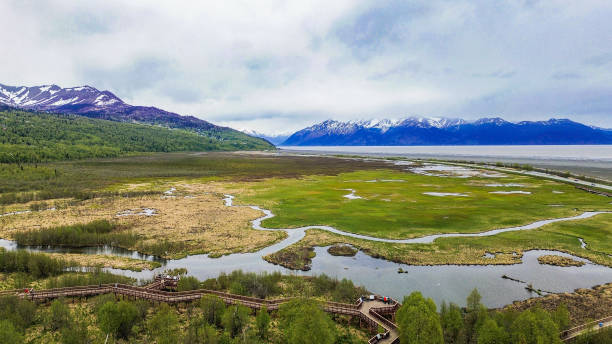
Largest Lakes of Alaska
Alaska is home to some of the largest lakes in the US, including Lake Iliamna, Lake Aleknagik, and Lake Becharof.
Comparison Of Largest Lakes of Alaska
Here is a comparison of the sizes, depths, and other features of Alaska’s largest lakes in a tabular form:
Lake Name | Size (sq mi) | Depth (ft) | Elevation (ft) | Location |
1,115 | 1,000 | 46 | Southwest Alaska | |
Lake Aleknagik | 260 | 200 | 144 | Southwest Alaska |
Lake Becharof | 300 | 600 | 100 | Southwest Alaska |
Lake Clark | 860 | 1,200 | 250 | Southwest Alaska |
Lake Minchumina | 200 | 200 | 900 | Interior Alaska |
Alaska Lakes Photo Gallery
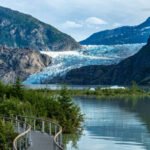

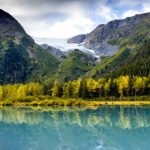


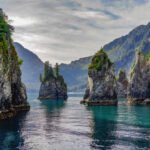
Human Impacts on Alaska’s Lakes

Alaska’s lakes are facing numerous challenges due to human activities. Here are some of the key human impacts:
Impacts:
- Climate Change: Altering water chemistry, affecting aquatic species
- Mining and Drilling: Releasing pollutants, disrupting habitats
- Logging and Land Use: Increasing sedimentation, altering water chemistry
- Pollution and Waste: Harming aquatic life, contaminating water sources
- Overfishing and Invasive Species: Depleting fish populations, disrupting ecosystems
- Recreational Activities: Impacting water quality, affecting aquatic habitats
Mitigation:
- Conservation Efforts: Protecting habitats, promoting sustainable land use
- Regulations and Policies: Preventing pollution, overfishing, and invasive species
- Education and Outreach: Raising awareness, promoting sustainable practices
- Research and Monitoring: Studying lake ecosystems, tracking human impacts
By implementing sustainable management practices, such as conservation efforts, regulations, education, and research, we can help protect these vital ecosystems and ensure Alaska’s lakes’ long-term health and sustainability. It is a collective responsibility to preserve these incredible lakes’ natural beauty, ecological importance, and cultural significance, and we must work together to achieve this goal.
Conclusion
As we move forward, we must prioritize the conservation and management of Alaska’s lakes, recognizing their importance to the state’s ecosystem, economy, and cultural identity. By doing so, we can ensure that these incredible lakes continue to thrive, providing benefits for both humans and wildlife and preserving their natural beauty for generations to come.






